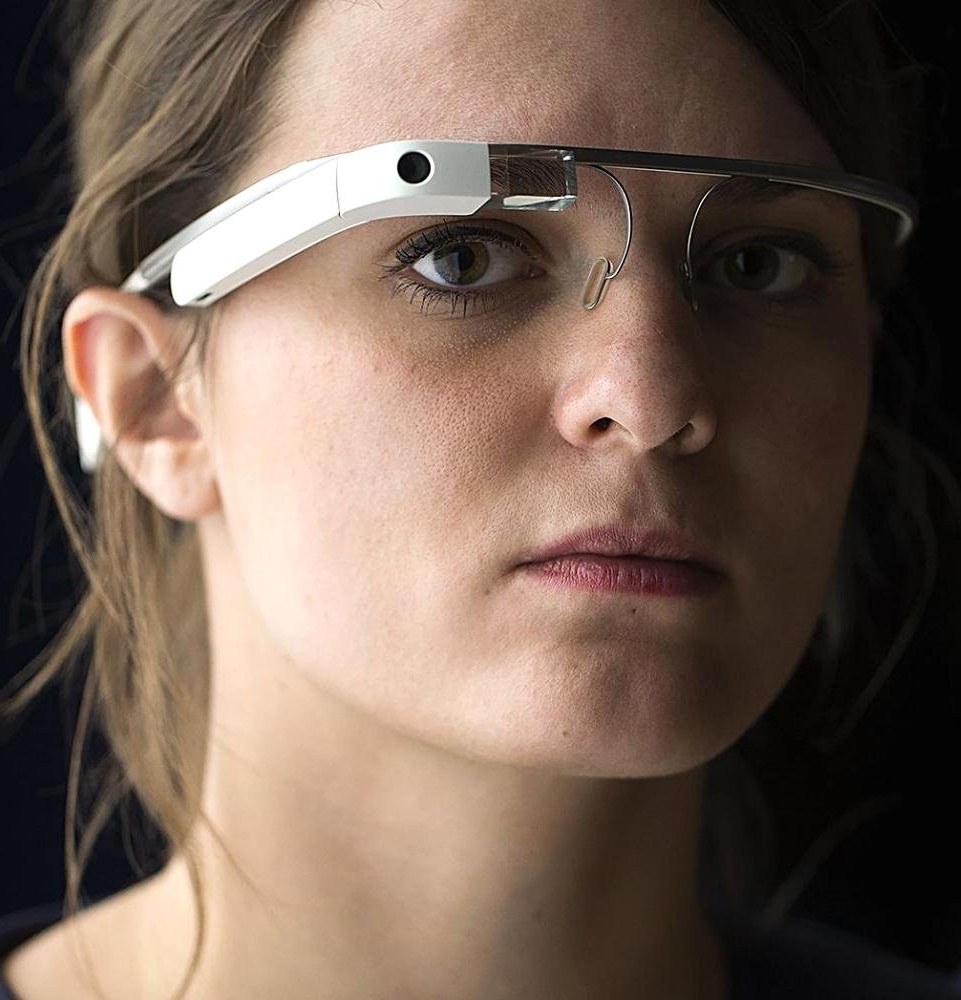Blurry future: Diehards beginning to abandon Google Glass
Many developers and early Google Glass users are losing interest in the much-hyped, $1,500 test version of the product: a camera, processor and stamp-sized computer screen mounted to the edge of eyeglass frames. Google Inc itself has pushed back the Glass roll out to the mass market. While Glass may find some specialized, even lucrative, uses in the workplace, its prospects of becoming a consumer hit in the near future are slim, many developers say. Of 16 Glass app makers contacted by Reuters, nine said that they had stopped work on their projects or abandoned them, mostly because of the lack of customers or limitations of the device. Three more have switched to developing for business, leaving behind consumer projects. Plenty of larger developers remain with Glass. The nearly 100 apps on the official web site include Facebook and OpenTable, although one major player recently defected: Twitter.
If there was 200 million Google Glasses sold, it would be a different perspective. There’s no market at this point.
Tom Frencel, CEO of Little Guy Games, which put development of a Glass game on hold this year
Several key Google employees instrumental to developing Glass have left the company in the last six months, including lead developer Babak Parviz, electrical engineering chief Adrian Wong, and Ossama Alami, director of developer relations. And a Glass funding consortium created by Google Ventures and two of Silicon Valley’s biggest venture capitalists, Kleiner Perkins Caufield & Byers and Andreessen Horowitz, quietly deleted its website, routing users to the main Glass site. Google insists it is committed to Glass, with hundreds of engineers and executives working on it, as well as new fashionista boss Ivy Ross, a former Calvin Klein executive. Tens of thousands use Glass in the pilot consumer program.

Technology google glass